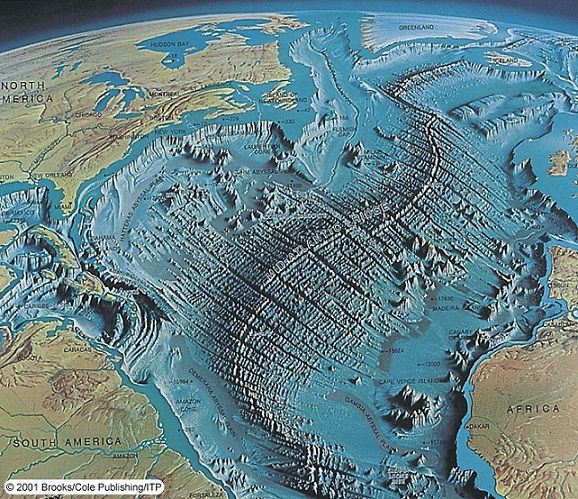Lies again. Oh dear. YOU changed the discussion from one where we were talking about the ability of rocks to fold without fracturing, to an irrelevant one about fracture energies (which are measured using a very hi strain rate to force a fracture: take a small sample of rock, hold at both ends and strike with a sharp edge in the middle, see how much energy is used to make the fracture)
:dizzy:
Crossover depth: either use the term correctly or don't use it at all. Simple.
:AMR:
Pattern of fractures? Yes, the fractures become very small, or nonexistent, which allows the bulk of the rock to deform plastically. As I said, the deformation of rock is strain rate dependant, even though you denied it out of hand.
Non-existant? I don't think your link says anything like that. Where are you getting this?
And I didn't say anything about the deformation of the rock. I spoke of the fracture of the rock. A material will break upon reaching a certain threshold of strain regardless of the rate at which the strain is applied.
Your link does say:
In general, the fracture toughness of brittle materials increases with decreasing loading (strain) rate. That is why a low rate produces fewer and shorter fractures.
First of all, fracture toughness refers to a material that is already fractured.
I doubt any part of the study investigates what's happening where no fracture is found.
It goes on that:
Some mechanical properties of a rock such as Young's modulus and compressive strength depend strongly on strain rate, thus fracture propagation in the rock is affected.
Young's modulus and compressive strength are only applicable before the material breaks. The strain rate might allow for different patterns of fracture because the elastic deformation is affected, but this paper seems to say nothing necessarily against what I said.
Laboratory experiments of rock samples show that elastic moduli, as well as fracture parameters, are functions of strain rate. Natural fractures indicate the significant influence of strain rate. In brittle rocks fracture growth can occur at velocities ranging over many orders of magnitude due to the change of strain rate and this results in different fracture patterns and geometries.
I don't deny that rock can deform plasticly and that might be rate dependent. But the point at which they fracture is not.
You are out of your depth, and you crack me up! (geddit?)
:blabla:
Evolutionists love to declare victory. Just have the discussion!







